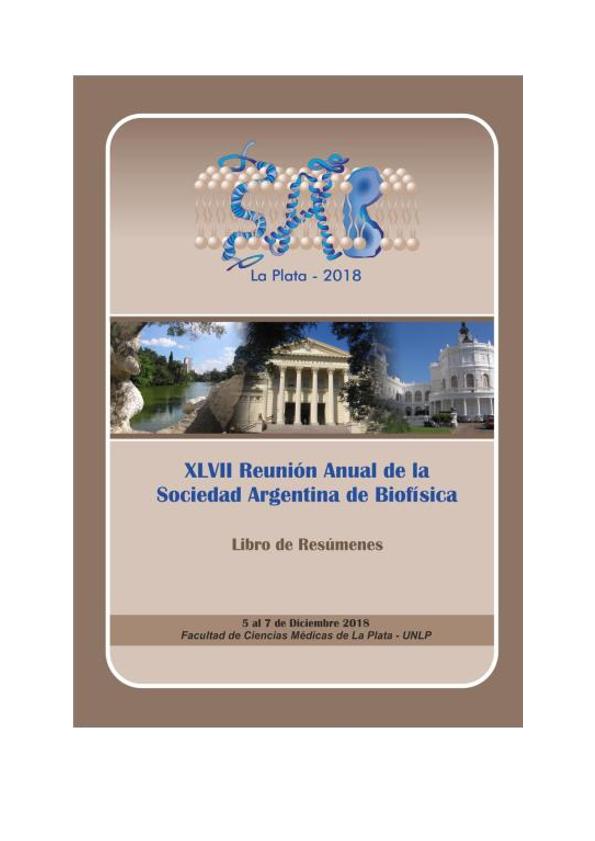Evento
Molecular pharmacology of serotonin-gated chloride channel
Colaboradores:
Celej, Maria Soledad ; Acierno, Juan Pablo
; Acierno, Juan Pablo
 ; Acierno, Juan Pablo
; Acierno, Juan Pablo
Tipo del evento:
Congreso
Nombre del evento:
XLVII Reunión Anual de la Sociedad Argentina de Biofísica
Fecha del evento:
05/12/2018
Institución Organizadora:
Sociedad Argentina de Investigación en Biofísica;
Título del Libro:
XLVII Reunión Anual de la Sociedad Argentina de Biofísica
Editorial:
Sociedad argentina de investigación en biofísica
ISBN:
978-987-27591-6-2
Idioma:
Español
Clasificación temática:
Resumen
Serotonin-gated ion channels (5-HT3) belong to the family of Cys-loop receptors, which are pentameric proteins that mediate fast synaptic transmission. In mammals, 5-HT3 receptors are non-selective cation channels that can be found as homomers (5-HT3A) or heteromers when combined with 5HT3B-E subunits. The free-leaving nematode Caenorhabditis elegans is a model for the study of the nervous system and human diseases, and for antiparasitic drug discovery. C. elegans contains a homomeric serotonin-gated Cys-loop receptor, MOD-1, that is permeable to chloride. We here expressed MOD-1 in mammalian cells and explored the properties of activation and modulation of MOD-1 by whole cell recordings. Dose-response curves showed an EC50 for 5-HT of ~1 mM, which is in the same range as that of human 5-HT3A receptors. The analysis showed that currents do not show rectification, desensitize slowly and recover from desensitization with a time constant of about 1 s. To characterize the pharmacology of MOD-1, we tested compounds that have been shown to modulate 5-HT3 and other Cys-loop receptors. The antiparasitic drug ivermectin (IVM), which acts as an activator or modulator of different receptors, neither activated nor potentiated MOD-1. However, pre-exposure to IVM (10-50 mM) decreased 5-HT induced currents, indicating that it acts as an inhibitor of MOD-1. The 5-HT3 receptor potentiator, 5-hydroxyindol, did not affect MOD-1 function, whereas thymol, which is an activator and/or modulator of 5-HT3 receptors, could only modulate MOD-1 activity. These results contribute to the understanding of the molecular pharmacology of MOD-1 as a potential drug target for anthelmintic therapy
Palabras clave:
C.ELEGANS
,
CYS-LOOP
,
SEROTONIN
Archivos asociados
Licencia
Identificadores
Colecciones
Eventos(INIBIBB)
Eventos de INST.DE INVEST.BIOQUIMICAS BAHIA BLANCA (I)
Eventos de INST.DE INVEST.BIOQUIMICAS BAHIA BLANCA (I)
Citación
Molecular pharmacology of serotonin-gated chloride channel; XLVII Reunión Anual de la Sociedad Argentina de Biofísica; La Plata; Argentina; 2018; 113-113
Compartir



